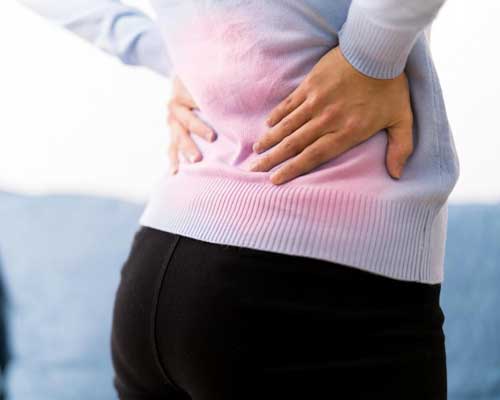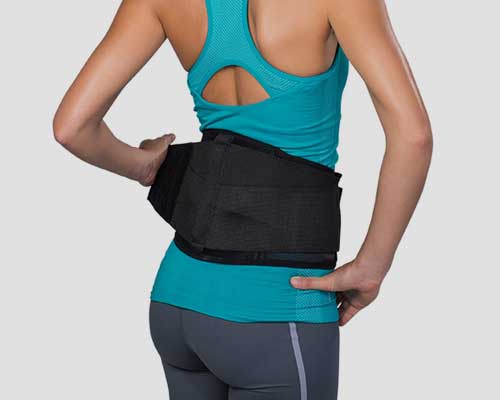Treatment
Treatment is usually conservative in nature. Patient education on lifestyle modifications and nonsteroidal anti-inflammatory drugs (NSAIDs) and physical therapy have been shown to manage such conditions. Other alternative therapies such as massage, trigger-point therapy, yoga and acupuncture may be of limited benefit. Surgery is occasionally performed.
Many of the treatments for cervical spondylosis have not been subjected to rigorous, controlled trials. Surgery is advocated for cervical radiculopathy in patients who have intractable pain, progressive symptoms, or weakness that fails to improve with conservative therapy. Surgical indications for cervical spondylosis with myelopathy (CSM) remain somewhat controversial, but "most clinicians recommend operative therapy over conservative therapy for moderate-to-severe myelopathy."
Physical therapy may be effective for restoring range of motion, flexibility, and core strengthening. Decompressive therapies (i.e. manual mobilization, mechanical traction) may also help alleviate pain. However, physical therapy and chiropractic cannot "cure" the degeneration, and some people view that strong compliance with postural modification is necessary to realize maximum benefit from decompression, adjustments, and flexibility rehabilitation.
It is often argued, however, that the cause of spondylosis is simply old age, and that posture modification treatment is often practiced by those who have a financial interest (such as Worker's Compensation) in proving that it is caused by work conditions and poor physical habits. Understanding anatomy is the key to conservative management of spondylosis.
Surgery
Many surgical procedures have been developed to alleviate the signs and symptoms associated with spondylosis. The vertebral column can be approached by the surgeon from the front, side, or rear. Osteophytes and sometimes portions of an intervertebral disc are commonly removed in an effort to relieve pressure on adjacent nerve roots and/or the spinal cord. Non surgical treatment modalities are also available. One can get in touch with Pain Management Consultant to know more about these. Though these therapies namely Cervical Epidural Steroid Injection, Cervical facet joint injection, Transforaminal injections can be given at a day care basis. These procedures may alleviate the symptoms of the patient and may give a long lasting benefit from the ongoing symptoms.


